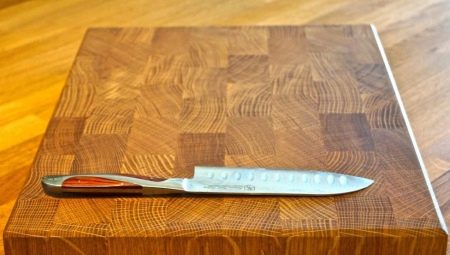Almost every kitchen has a cutting board, and not one. In order for the culinary attribute to serve for a long time, it needs care, and this is not only timely washing and drying. To process the boards, you need to purchase oil - it is regular impregnation that guarantees their durability, strength and not ceasing to please the quality.
Only special oils are suitable for processing products: olive and sunflower will not give any sense.
In the same way, vinegar, soda and other disinfectants (they have their own function) will not be useful for wood.
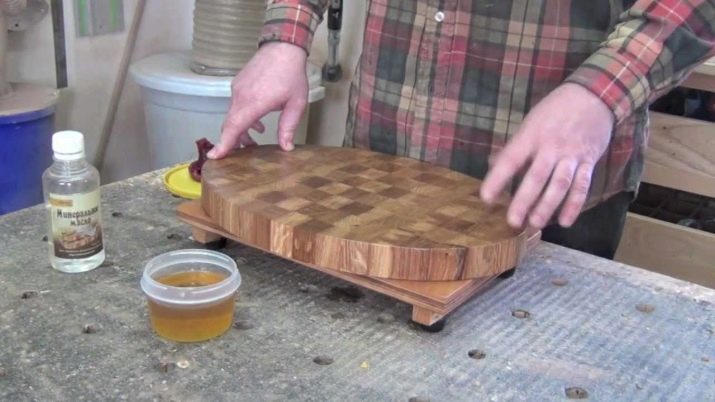
Appointment
Oil is required for the impregnation of a new wooden board, as well as already used. In the right oil there is no smell or taste, it leaves no visible traces, does not affect the nutritional characteristics of the products. As soon as you bring a new cutting board home, wash it in warm water before use, dry it and apply special oil to the surface of the board.
Why is it necessary to process the product:
- it absorbs unpleasant odors, thus removing them;
- prevents germs, mold, fungus from appearing on the board inside the wood itself, which happens much more often than you think;
- prevents the occurrence of chips and cracks, which is characteristic of a very dry material that does not receive special timely impregnation.
The very structure of wood is conducive to oil processing: liquid penetrates into the fibers, filling the pores of the material.
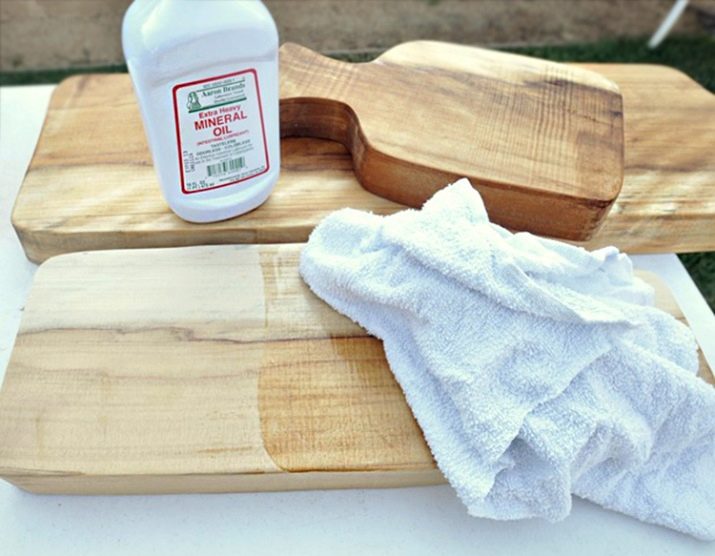
Impregnation oil should be in every catering unit, but even for home cooking such a composition is required. You need to impregnate the board once every 1-2 months, avoiding long breaks. It is especially worthwhile to process wooden kitchen products in the cold season, when radiators work in the kitchen. The proximity of the heat source makes the board vulnerable: its structure is prone to deformations at this time.
Even if you just spent one day in the kitchen, and the oven and stove worked all this time, the hood could hardly cope with the heat, this is an occasion to once again process the cutting boards with oil.
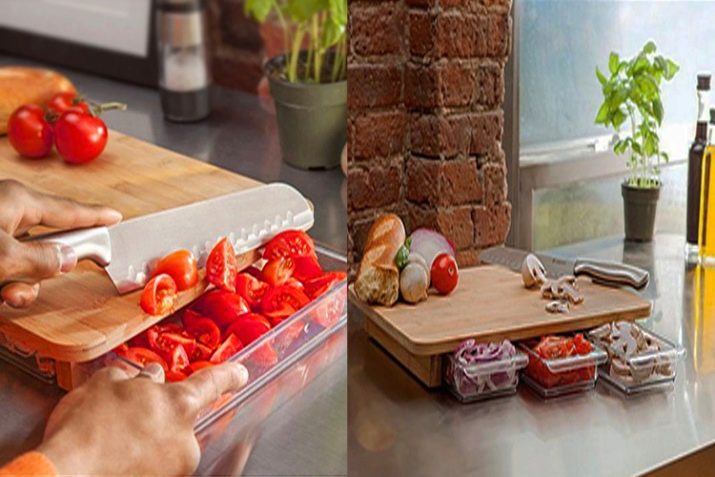
Varieties of oils
Mainly use mineral oil for cutting boards. This is a product of petroleum origin, obtained by distillation of fuel oil. Sometimes, in the manufacture of mineral oils, crops can be used. The tool, despite the technical characteristics, is absolutely safe. It is actively used in the food industry, the composition of the oil makes it in demand in the medical and cosmetic field.
Edible Mineral Oil:
- guarantees a high level of protection of the processed product;
- has no taste and smell;
- easy to apply;
- environmentally friendly;
- dries quickly;
- has no color (unless it has special additives).
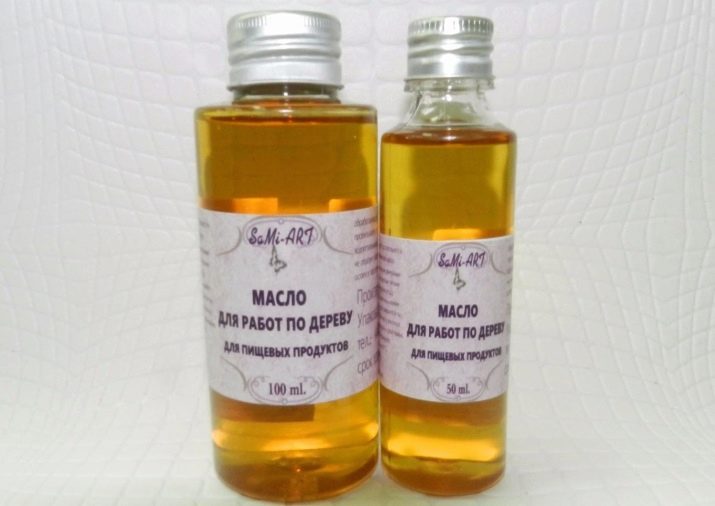
Very often, mineral oil is combined with beeswax, and this combination is optimal. The wax takes on the functions of a sealant, it protects the porous wood structure from moisture. And although it increases the moisture resistance of wood, it does not make it waterproof.
If you apply oil without wax, the effect will not be complete: a protective film will not form on the board, it will not be reliable enough. Bacteria, pieces of food, and dirt will not get into the structure of the tree precisely if you mix mineral oil with wax.
But there are other processing options: you can buy liquid paraffin in the pharmacy, and linseed in the store. Both products are suitable for processing boards. Vaseline oil should also be mixed with beeswax. Vaseline oil is also a refined fraction of oil, which is obtained after distillation of kerosene, it does not contain harmful organics. The basis of the synthetic product can be considered liquid paraffin. Oil is not absorbed into the skin, which some housewives fear, because it is very convenient in everyday life (including in the kitchen).
The components of linseed oil, impregnating wood, thicken under the influence of external factors - polymerization occurs. So the liquid turns into a semi-solid mass, which is a protection for the tree.
The combination with beeswax improves the protection of the cutting board.
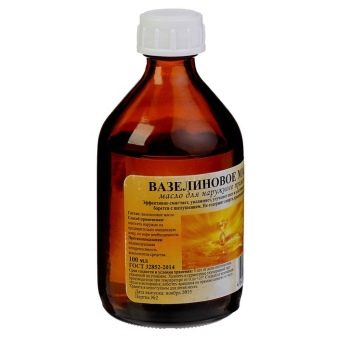
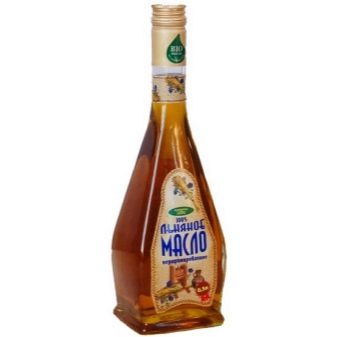
How to choose a board for the material?
Cutting boards are different - from plywood (the simplest and cheapest option), as well as end - from oak, pine, beech. Whatever oil you purchase, when used properly, they will be useful for the product.
But some nuances are worth noting.
- If you take flaxseed oil for impregnating a pine board (and some people like to replace it with peanut butter, which is theoretically possible), over time, not the most pleasant, rancid smell may start to come from the product.
- Sometimes promotions take place in the store, and cutting boards are sold along with oil for impregnation. Remember what kind of oil was offered to you by the manufacturer (or specialist stores), most likely, and in the future you need to use this option.
- Mineral oil can not always be found on sale: if there is no construction shop nearby, there will probably be a pharmacy. Therefore, a vaseline composition will be more preferable.
- Oak boards are the strongest, strongest, most reliable. Soak them with a mixture of mineral oil and wax, do not be afraid to overdo it, the wood will absorb as much as it needs. Timely impregnation and respect will allow you to use the board for many years.
Thin plywood boards are not as hygienic and durable as endboards. Few people pay attention to the processing of thin boards, and this is an omission.
Often, insufficient treatment leads to digestive upsets in family members.
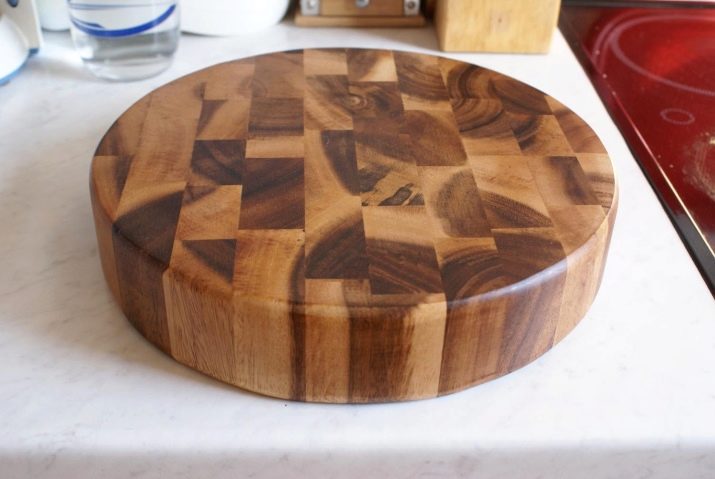
How to process?
Plywood cutting boards consist of several sheets of wood glued together. Multilayer plywood material is very sensitive to water, because the adhesive in the composition of the board is characterized by low moisture resistance. Because the plywood product often swells, mold and microbes “settle” in it, the very structure of the board is destroyed. Therefore, the processing of such a product is required.
Consider how to cover a plywood board with oil.
- If the board is new, then it is necessary to apply several layers of mineral oil in it mixed with beeswax. If you made the board yourself, there should be 3 layers (each one will dry for at least 12 hours).
- If after applying the product its excess has formed, they must be carefully removed with a soft cloth.
- For regular processing, you need to make a mineral coating of the board once a month, this is enough to be sure of the cleanliness and safety of the used kitchen accessory.
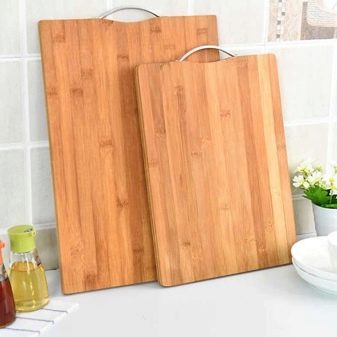

To carry out the processing of the end board (or a board made of saw cut wood), it also needs to be washed and dried initially. If you made the board yourself, and after the first treatment it seems rough, you should go over it with a fine sandpaper.
- To soak and lubricate the end board, you need to cover it with mineral / linseed / petroleum jelly oil. To do this, you can pour a tablespoon of oil and simply pour it onto the surface of the board. Then, using a soft tissue swab (or just by hand), grind the composition for impregnation over the entire surface.
- It is very important that the processing is uniform - if you do it in a hurry, some areas will remain unprotected. Impregnate all sides of the board, and the sides too.
- If the board is new, do not rush to use it on the day of purchase - oil impregnation of the new product will be organized several times in a row. Treat the item at least twice by wiping the remaining oil with paper towels.
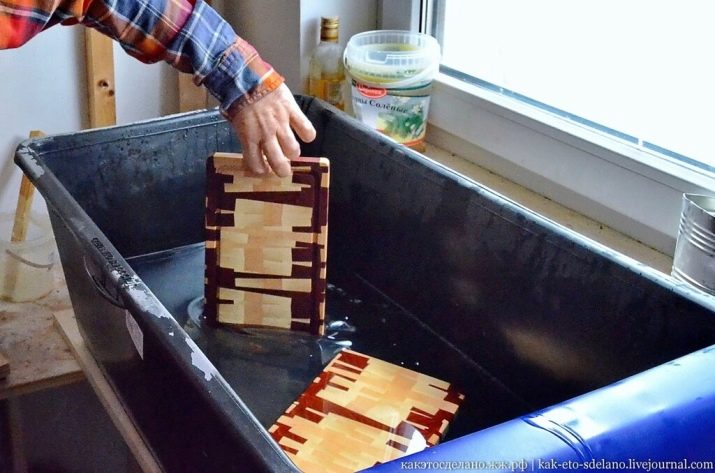
If you yourself make an impregnating composition, use the following formula. Take 1 part beeswax and 4 parts vaseline oil: the mixture is prepared in a water bath. First heat the oil, and then dip the wax into it. The mixture after cooking should be cooled and applied to the board. If it is inconvenient to work with a rag or hands, you can use a wide brush.
If the resulting composition remains, it must not be stored in the refrigerator until new use. It is wise to process all the wooden dishes that are in the house: it is usually rolling pins and shovels, spoons.
And one more important point. In a professional kitchen, there is a clear differentiation of boards: some serve for cutting vegetables, others for meat and fish. At home, not all housewives follow this separation, although basic sanitary rules repeat this as an axiom.
No matter how carefully you process the boards, no matter how perfectly they are washed, the risk of intestinal infections due to the bacteria remaining in the pores of the wood remains. Reduces its separation of boards for the intended purpose.
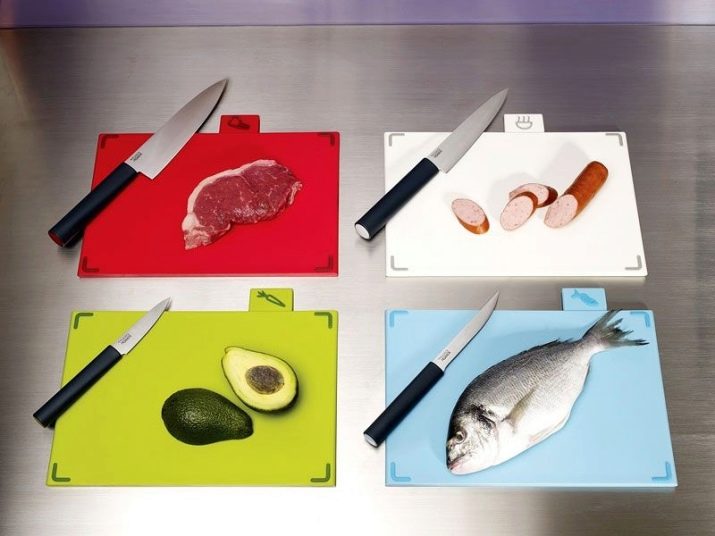
Good care of kitchen utensils is frugality, a rational attitude to dishes, and care for one’s own health.
See how to soak a board.
